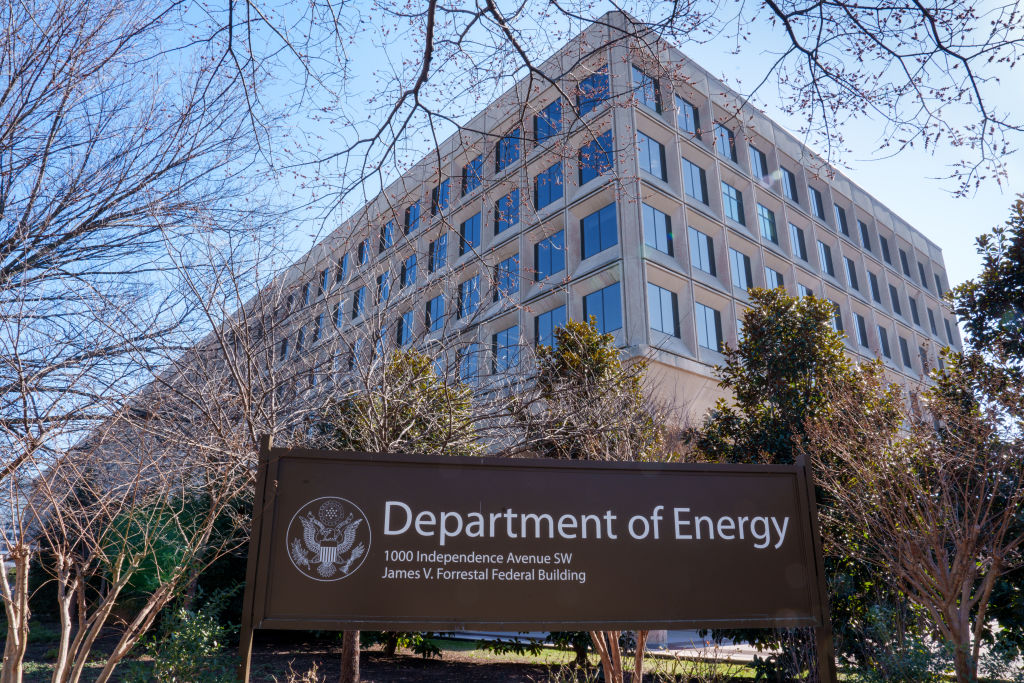Generative AI is fundamentally transforming how organizations defend against cyber threats, creating … [+]
Adobe Stock
Ensuring robust cybersecurity measures are in place is more important than ever when it comes to protecting organizations and even governments and nations from digital threats.
As society’s reliance on digital platforms, online connectivity, and the transfer and storage of data has grown, so has the number of potential attack vectors. Phishing attacks, identity theft and ransomware are all growing in frequency and scale.
Now, AI has been added to the mix, particularly generative AI. But while this revolutionary technology creates new risks, it also creates new opportunities.
Cyber security analysts, engineers, architects and ethical hackers are on the front line of this fight. Increasingly, their work will involve collaboration with intelligent machines and generative AI technology to tackle the new wave of threats.
So, if you work — or are considering working — in cybersecurity and want to know how the rise of AI will impact your role and the future of your profession, read on.
Generative AI and Cybersecurity
The Certified Information Systems Security Professional (CISSP) framework defines eight key domains when it comes to cybersecurity. Broadly speaking, these can be used to categorize the key tasks that security professionals are responsible for. It isn’t difficult to see that generative AI has implications for all of them:
Security and risk management involves identifying specific threats, such as phishing or denial-of-service attacks. Here, generative AI can be used to conduct risk assessments in real-time and automatically report on recommendations and mitigation strategies.
Asset security focuses on implementing protection measures for systems and data. Generative AI tools can be used to automate the classification of sensitive information and identify weak points in security infrastructure.
Security architecture and engineering refers to work that involves designing and implementing security measures. Generative AI can be used to suggest security implementations as well as to simulate attacks to test their effectiveness.
Communication and network security is the job of ensuring the transfer of data across networks is secure. Machine learning algorithms monitor traffic and look for patterns that suggest suspicious activity, while generative AI tools create real-time reports that flag potential breaches.
Identity and access management involves ensuring authorized users have access to the systems and data they need while keeping out potential intruders. AI can track user behavior and access patterns to identify anomalies or detect phishing attacks by analyzing emails or voice comms for content, tone and structure. It can also create simulated phishing attacks to probe for vulnerabilities.
Security assessment and testing implements processes for conducting routine tests across the entire spectrum of cybersecurity infrastructure. GenAI can automate the creation of testing schedules and reporting of results, along with generating recommendations for corrective action.
Security operations refers to the procedures in place to detect and respond to ongoing security incidents. Generative AI tools can be used to create automatic incident response plans or conduct simulated attacks, enabling organizations to reduce the time it takes to respond to breaches.
Software development security ensures that software vulnerabilities are identified at the development stage. Generative AI tools can automate code reviews and the writing of testing plans, as well as scan code repositories to ensure they are safe.
By understanding how generative AI can be integrated across these domains, cybersecurity professionals can develop a solid understanding of how this technology can help them spot and respond to threats as well as proactively strengthen the defenses of their organizations.
How The Role Of Cybersecurity Professionals Will Change
I believe generative AI will impact just about every job, profession and career path, and the in-demand field of cybersecurity is no exception.
Those who have the ability to work with generative AI will find it easier to automate many elements of their day-to-day activities. This will free up their valuable time to spend on activities that aren’t so easy to delegate to machines.
These could include working face-to-face with colleagues to help them understand their own cybersecurity responsibilities, tasks involving high-level strategic decision-making, or identifying novel threats that aren’t well recognized and documented.
Something else that even the best AIs don’t yet have the generality to do as well as humans is understanding the specific foibles of a particular organization’s culture and how they create or mitigate security threats. This could include the leadership’s attitude towards security, the quality of training policies in place, and compliance levels around IT codes of practice.
Just as is the case with professionals in other fields, those who are able to reskill and upskill in the face of this shake-up of responsibilities and priorities will find they are more likely to prosper.
The challenges and opportunities faced by cybersecurity professionals will undoubtedly evolve, and the increasing prevalence of AI will be a primary driver of this.
The ability to adapt will be essential, as tomorrow’s threats will be different from today’s. Consider, for example, the threats posed to encryption standards by quantum computing or the data protection risks arising from more and more of our personal information being digitized and stored online.
This will result in cybersecurity professionals becoming increasingly critical to the safety of not just their organizations but society as a whole as we move further into the digital age.





